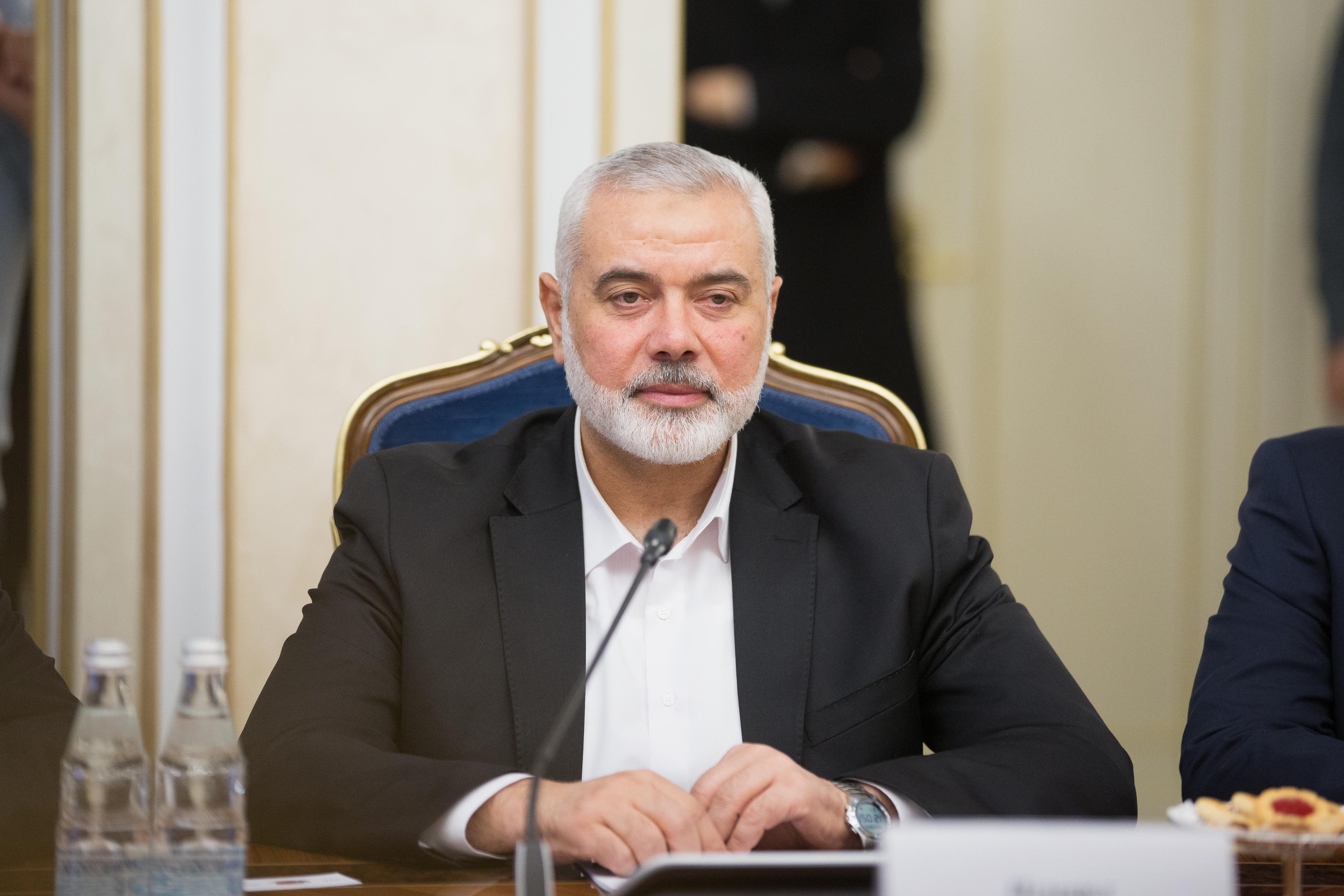The United States has taken decisive action to reinforce its military presence in the Middle East, deploying additional warships, fighter jets, and missile defense systems to the region. This substantial escalation comes in response to increasing tensions, particularly following threats from Iran and its regional allies to retaliate against the United States and Israel for recent assassinations of key militant leaders
U.S. Military Escalation in the Middle East
The United States has taken decisive action to reinforce its military presence in the Middle East, deploying additional warships, fighter jets, and missile defense systems to the region. This substantial escalation comes in response to increasing tensions, particularly following threats from Iran and its regional allies to retaliate against the United States and Israel for recent assassinations of key militant leaders. The killings of a Hamas leader in Tehran and a Hezbollah commander in Beirut have stoked fears of a broader conflict across the Middle East, drawing the United States deeper into the volatile situation.
Pentagon's Commitment to Regional Stability
In a statement released by the Pentagon, Deputy Pentagon Press Secretary Sabrina Singh emphasized the United States' commitment to preventing further escalation and protecting its interests in the region. "The Department of Defense continues to take steps to mitigate the possibility of regional escalation by Iran or Iran's partners and proxies," she said, underscoring the seriousness of the current situation. The statement further reaffirmed the United States' "ironclad commitment" to Israel's defense, a cornerstone of US foreign policy in the Middle East.
Deployment of USS Abraham Lincoln and Other Naval Assets
The deployment of the USS Abraham Lincoln aircraft carrier strike group to the Middle East is a key component of this military buildup. This group will replace the USS Theodore Roosevelt, ensuring continued American naval dominance in the region. Alongside this, Defense Secretary Lloyd Austin has also ordered the dispatch of additional cruisers and destroyers equipped with ballistic missile defense capabilities. These moves are intended to counter potential threats from Iran and its allies, who have shown increasing willingness to target American and Israeli interests.
Enhanced Air Superiority and Rapid Response Capabilities
The military reinforcement also includes the deployment of a new fighter squadron to the Middle East. These advanced aircraft are expected to provide enhanced air superiority and rapid response capabilities, should the situation further deteriorate. This comprehensive strategy highlights the United States' readiness to act swiftly in defense of its allies and its personnel stationed in the region.
Recent Assassinations Escalating Regional Tensions
The recent killings that have triggered this escalation are part of a complex and increasingly dangerous web of conflicts in the Middle East. On Tuesday, Israel targeted and killed Hezbollah commander Fuad Shukr in Beirut. This strike was in retaliation for a barrage of rockets fired from Lebanon into Israel’s Golan Heights, a region annexed by Israel that remains a flashpoint for regional tensions. In a related incident, Hamas leader Ismail Haniyeh was killed in Tehran shortly after, a move that has yet to be officially commented on by Israeli authorities but has significantly heightened tensions.
Tehran Meeting and Potential Strategies for Retaliation
Following these events, a meeting was reportedly held in Tehran involving Iranian officials and representatives from the "axis of resistance" — a coalition of groups supported by Iran that are hostile to Israel, including Hezbollah and various Palestinian factions. According to sources familiar with the meeting, two potential strategies were discussed: a coordinated, simultaneous response from Iran and its allies, or a staggered series of retaliatory actions. These discussions have raised alarms about the possibility of a wider, more coordinated conflict that could involve multiple fronts across the Middle East.
Iran's Increasing Military Assertiveness
The Pentagon's announcement also referenced Iran's increasing military assertiveness, noting that in April, Iran launched its first direct attack on Israeli territory. This attack involved a barrage of drones and missiles aimed at Israel, reportedly in response to an Israeli strike that killed members of Iran’s Revolutionary Guards in Damascus. The United States played a crucial role in defending Israel during this assault, highlighting the close military cooperation between the two nations.
U.S. Focus on Deterrence and De-escalation
As the situation continues to evolve, the United States is maintaining a posture of deterrence while also seeking to de-escalate tensions. Pentagon officials have stressed the importance of avoiding a broader conflict, even as they prepare for potential escalations. "As we have demonstrated since October and again in April, the United States' global defense is dynamic and the Department of Defense retains the capability to deploy on short notice to meet evolving national security threats," Singh stated.
Diplomatic Efforts and the Quest for a Ceasefire
In addition to its military measures, the United States is also focused on diplomatic efforts to prevent further escalation. There are ongoing efforts to negotiate a ceasefire, particularly in the context of the ongoing conflict in Gaza, where the humanitarian situation continues to deteriorate. The United States has been pushing for a hostage deal that could lead to a ceasefire, aiming to bring an end to the violence and secure the release of hostages held by Hamas.
The Complex Landscapee of Middle Eastern Conflicts
This latest round of tensions underscores the fragility of the Middle East, where decades of conflict, rivalries, and geopolitical interests continue to shape events. The United States’ decision to bolster its military presence is a clear signal to both its allies and adversaries that it remains committed to the stability of the region and the security of its partners. However, the situation remains fluid, with the potential for further escalation looming large on the horizon. As the United States navigates this complex landscape, its actions in the coming days and weeks will be critical in determining whether the region moves toward a broader conflict or finds a path to de-escalation and peace.
















Comments 0